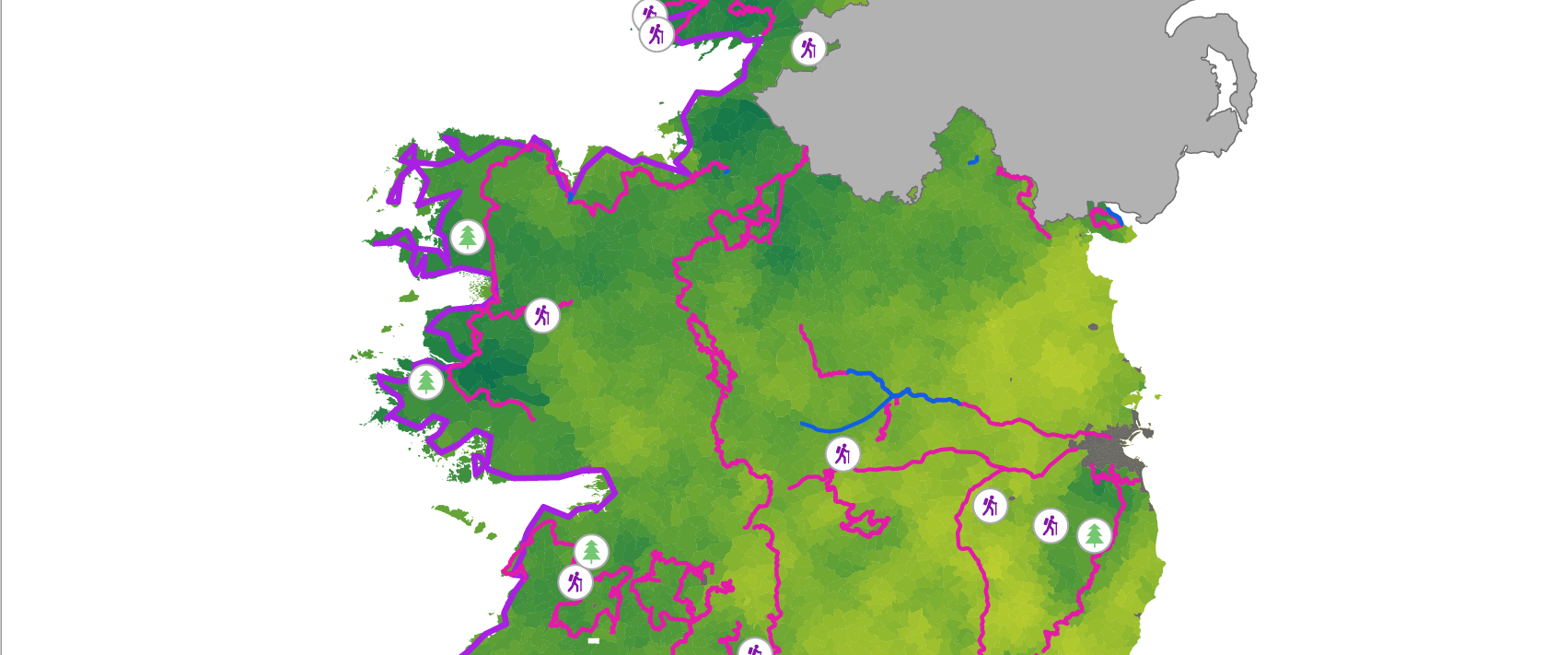Beyond economic activities
The bioeconomy is not just about production of goods but also for the provisioning of services. Some of them are not always directly obvious. The concept of Natural Capital provides a holistic view on the goods and services provided by the natural environment.
In these maps we showcase some of the ecosystem services provided, whose value is increasingly being recognised.
Natural capital is another term for the stock of renewable and non-renewable natural resources on earth (e.g., plants, animals, air, water, soils, minerals) that combine to yield a flow of benefits or “services” to people. These flows can be ecosystem services or abiotic services, which provide value to business and to society[1].
As the Bioeconomy in Ireland relies on our Natural Capital, understanding these stocks and flows of natural capital facilitates a clear understanding of how natural systems can be used in a sustainable way to build Ireland’s Bioeconomy.
Natural Capital Accounting (NCA) (one of a range of tools that can be used to track stocks and flows as part of the Natural Capital Approach) involves mapping the extent and condition of nature’s stocks to account for the services that flow from these areas for human benefits. This is the focus of the INCASE (Irish Natural Capital Accounting for Sustainable Environments) project. INCASE is gathering data for selected catchment areas to establish the process steps to develop natural capital accounts in the Irish context.
The High Nature Value (HNV) farmland map developed by Teagasc incorporates five indicators of Natural Capital extent, condition and use, thereby linking the stocks of natural capital with flows of services and benefits. The HNV map combines data relating to: areas of high cover of semi-natural habitat cover, stocking density, hedgerow density, river and stream density, and soil diversity; therefore, it provides a useful baseline indicator of natural capital in Ireland.
The stocks of this HNV landscape includes semi-natural grasslands, native woodlands, hedgerows, wetlands and bogs, streams, diverse soils, as well as built habitats such as stone walls and bridges. These stocks combine to yield bundles of services. The most obvious are provisioning (food, clean water, timber), services that are central to the Bioeconomy. Future sustainable development within HNV farmland areas will be critical to deliver high potential and value sectors such as organic farming and development of artisanal food products.
Additionally, regulating (carbon sequestration by hedgerows, biodiversity and pollination, as well as flood regulation) and cultural services are strong features of this diverse landscape.
For this map, we focus on cultural services which include a range of activities that relate to human health and well-being (amenity, education, heritage, landscape aesthetics, recreation and spiritual). We overlaid the HNV map with some indicators of these cultural services. Specifically, national parks, pilgrimage trails and national walking trails, as well as the Wild Atlantic Way. These trails are of cultural (heritage, recreation) and economic (tourism and recreational industries) importance, and are strongly linked to farm structure, HNV farmland landscapes and our tourism sector.
Cultural services, as well as regulating services are often unrecognised and unrewarded services, that present further opportunities upon which to build the Bioeconomy[2].
This is highlighted on the map, illustrating the link between those selected cultural indicators with a high probability of HNV occurring.
Contributors:
Lisa Coleman & Dr Catherine Farrell,
INCASE Project
Dr Stuart Green & Dr Jesko Zimmermann
Department of Agrifood Business and Spatial Analysis
Teagasc Ashtown Research Centre



Comments are closed